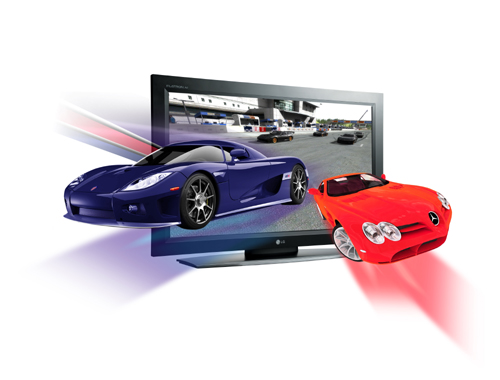Toronto – As Future Shop and LG Canada celebrated its first anniversary of 3D technology in Canada, the retailer attempted to dis-prove the many myths circulating around 3D.
According to LG and Future Shop, there are seven myths about 3D.
Myth No. 1: 3D can only do 3D. Dave Chichelnik, sales manager of Future Shop, said that's totally false as people do not have to watch the morning news in 3D. New LG Cinema 3D displays enables views to switch from a 2D viewing experience to a 3D one.
Myth No. 2: You need 3D glasses to watch 3D screens.
Again, Chichelnick said users can convert to 2D and 3D as they please and glasses are not necessary for watching 2D content.
http://www.itbusiness.ca/it/client/en/home/News.asp?id=59062" target="_blank">Frank Lee, LG Canada's vice-president of public affairs told CDN that within three to five years LG 3D technology will eliminate the glasses altogether.
Myth No. 3: You have to wait to buy 3D screens because they are priced at a premium or luxury level
Lee said that price erosion is a reality in the market today and it has made 3D TVs affordable. For example, the 55-inch LG Cinema 3D unit is available for $2,649. HP flat panel displays were priced in 2010 at $100 per inch and in this year the price dropped dramatically to $42 per inch.
“You are getting more for every dollar you spend and the features are going up,” Lee added.
In addition, LG manufacturers 95 per cent of all of its products which enables the company to set aggressive price points because they can control costs in their factories,” Lee said.
Myth No. 4: 3D glasses are grossly expensive
Well that used to be true. LG Cinema 3D technology doesn't require traditional shutter or active 3D glasses as images are displayed in an entirely flicker free environment. The active 3D glasses had an average price point of $249 in Canada. Future Shop is selling these 3D glasses for under $10 or in a two pack for $19.95. Elliott Chung of Future Shop said that later on this year Future Shop will carry a set of five with multi-coloured 3D glasses.
If you need to wear regular glasses you can purchase a clip-on for $19.95, said Torsten Spahr, national training support manager for LG Canada.

Comments
Post a Comment